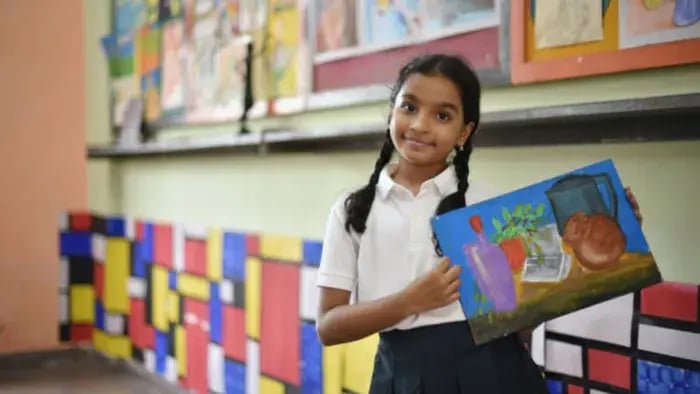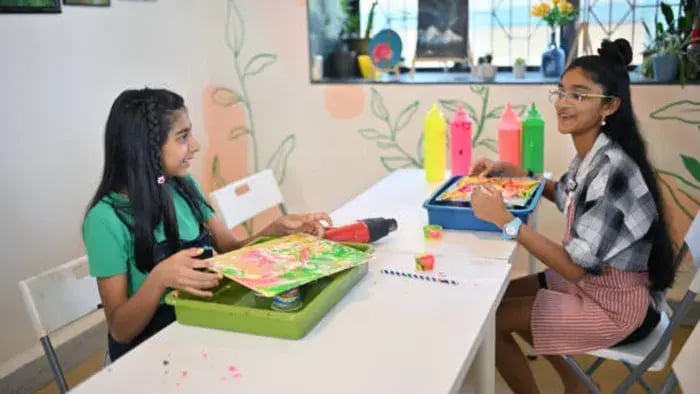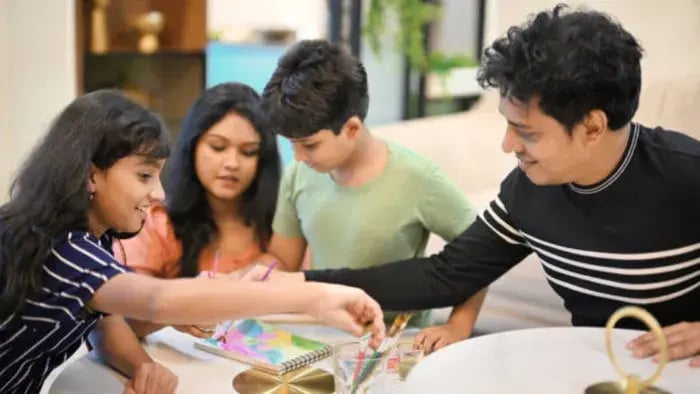- Start With The Basics
- Make it Visual and Fun
- Start with Immediate Family Members
- Use a Simple Chart or Printable Template
- Add Short Stories or Fun Facts
- Encourage Questions and Exploration
- Include Personal Elements Like Hobbies or Locations
- Display the Family Tree Where They Can See It Often
- Keep It Open to Growth and Changes
Introduction
Family relationships are a great way for kids to connect with their roots, learn about their heritage, and feel a sense of belonging. One of the simplest and most fun ways to introduce this is through a family tree chart for kids. It takes abstract names and stories and makes them visual, so kids can see how each person fits into their life story.

Making a family tree for kids is not just a craft; it’s a learning experience. It improves memory, encourages communication with elders, and helps kids appreciate the generations before them. Whether it’s just immediate family members or goes a bit deeper with grandparents and cousins, a family tree activity for kids can be done for any age.
This can be kept very simple for young kids using family tree drawings for kids, names, and photos. It encourages curiosity as they ask questions like “Who is Dadi’s brother?” or “What was Nani’s name?” These conversations become stepping stones for understanding culture, family values, and personal identity.
With a few sheets of paper, some colors, and help from parents or teachers, a basic family tree idea for kids becomes a fun and meaningful project. It’s a great way to help kids recognize the people who make up their world – and how they are lovingly connected across time.
9 Easy Tips to Create a Simple And Creative Family Tree for Kids

Help your child create a family tree and connect them to their roots. It’s fun, creative, and memorable to learn about relationships and family bonds. With just a few names, stories, and drawings, a child starts to understand where they come from and where they belong. Below are 9 simple and easy-to-follow tips to help create a simple family tree chart for kids.
Start With The Basics
Put your child’s name or photo at the bottom or centre of the tree. This way, they see the tree as something that starts with them and grows up. It’s easier for them to see how others, parents, grandparents, and cousins, are connected to their life.
Make it Visual and Fun
Kids understand better when visuals are involved, so use colored pens, stickers, photo cutouts, or even printed icons for each family member. You can draw simple trees or shapes for branches and use symbols to represent relationships, a great approach when trying out creative family trees for kids.
Start with Immediate Family Members
To avoid confusion, start with the closest family: parents, siblings, and grandparents. Keep the initial list short so your child can learn gradually. Once they’re confident, you can add aunts, uncles, cousins, and even great-grandparents over time.
Use a Simple Chart or Printable Template
If drawing isn’t your child’s thing, use a basic printable template with boxes or circles to put names for family tree ideas for kids. Draw lines to show how each person is related, and this layout helps your child follow family links and understand generational gaps more clearly.
Add Short Stories or Fun Facts
As you add each family member, tell a little story or fun detail. For example, “This is Nanu, he makes the best kachoris,” or “This is Masi, she loves painting.” These anecdotes make the names come alive and help children remember them easily.
Encourage Questions and Exploration
Children are full of questions like “Who is Papa’s sister?” or “Why does Nani live in another city?” Encourage these conversations and explain in simple language. This opens the door to deeper learning about family culture, respect, and emotions.
Include Personal Elements Like Hobbies or Locations
Next to each name, add something unique, a miniature cricket bat for a sports-loving uncle, or a city name where Dadi lives. These additions help your child make visual associations and strengthen their recall through creative details.
Display the Family Tree Where They Can See It Often
Hang the finished tree on their wall, near a study table, or in a common space. Seeing it regularly reinforces learning and helps them remember everyone’s place and name. It becomes both a learning tool and a visual reminder of family love.
Keep It Open to Growth and Changes
As families grow, revisit the tree together, add new cousins, note important life events, or include relatives your child recently met. This practice helps to understand how many types of families there are and shows that family grows and evolve with time.
Conclusion

Creating a simple family tree is more than an art project, and it’s an opportunity to help your child understand who they are and where they come from. It builds emotional security, strengthens family bonds, and makes them curious about the people they love. With your involvement, a family tree drawing for kids becomes a lifelong memory, one that connects generations and celebrates the joy of belonging.
People Aslo Ask
What is the best age to start a family tree for kids?
Children as young as 6 can start with simple family tree drawings that incorporate names and photos.
Why is creating a family tree for kids important?
It helps them understand their roots, build emotional connections, and learn family values.
How can I make a creative family tree for kids at home?
Use colors, stickers, photos, and simple printable templates to make it visual and fun.
What should be included in a family tree chart for kids?
Start with the child, then add parents, siblings, grandparents, and other close relatives.
Her love for storytelling began with reading her grandfather’s speeches, where Tarishi saw the power of words in creating lasting memories. Combining her passions for food and writing, she has turned her life into a fulfilling path of sharing stories that celebrate flavours and how food brings communities together.
The views expressed are that of the expert alone.
The information provided in this content is for informational purposes only and should not be considered a substitute for professional medical advice, diagnosis, or treatment. Always seek the advice of your physician or another qualified healthcare provider before making any significant changes to your diet, exercise, or medication routines.
















